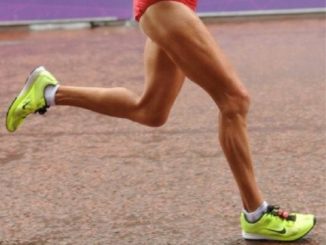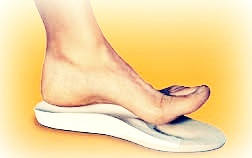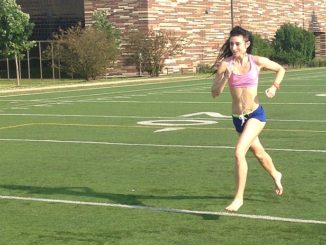Contrary to popular belief that the thicker the cushioning of your running shoe, the less chance you have of getting injured, pioneering studies have discovered the standard running shoe with a large cushioned heel was an inadequate shock absorbent, reducing impact by only 10% in a heel strike landing. However, not all cushioned running shoes causes injury, only running shoes with more padding under the heel relative to the front of the shoe was found to push the heel too far in front of the hips at landing, causing a heel strike that is tied to a burst of collisional impact implicated in severe injuries, like long bone fractrure, knee ligament problems and even lower back disc degeneration as compared with zero-drop running shoes (running shoes with equal padding under the heel and the toe-box).





